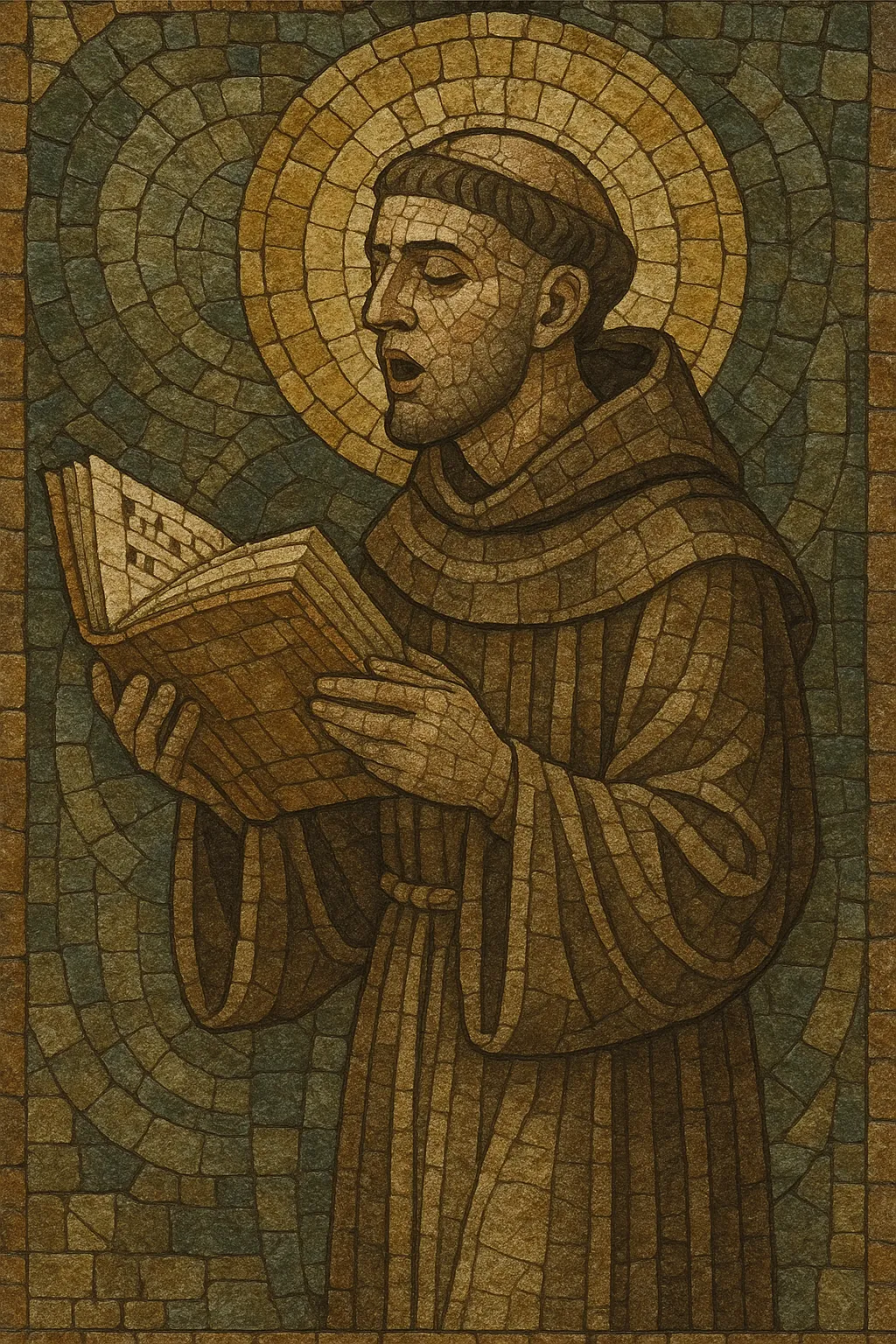Plainchant (cantus planus) is the monophonic, unaccompanied chant of the Western Christian liturgy. Sung in Latin (with occasional Greek), it uses modal scales rather than major–minor tonality and unfolds in flexible, speech-like rhythms shaped by the sacred text.
Melodically, plainchant ranges from simple syllabic formulas for reciting psalms to ornate melismatic lines for processional and festal moments. It is performed in unison by a schola or congregation, often organized antiphonally or responsorially across the liturgical actions of the Mass and the Divine Office. Its austere sonority, modal color, and text-centered phrasing give it a contemplative, timeless quality.
Plainchant emerged from early Christian worship practices in the Roman West, integrating local psalmody and hymnody with influences from Mediterranean chant traditions. By the 6th–7th centuries, a Roman core repertory existed, associated by legend with Pope Gregory I, though the classic Gregorian corpus crystallized later.
In the 9th–10th centuries, Frankish and Roman traditions fused into what we now call Gregorian chant. Around this time, neumatic notation appeared, visually capturing melodic contours. In the 11th century, Guido d’Arezzo’s staff and solmization system enabled precise pitch representation, accelerating the standardization and teaching of chant.
Alongside the Gregorian mainstream, regional families thrived—Old Roman, Mozarabic, Ambrosian, and others—each with distinctive melodic turns and liturgical roles, yet all sharing the defining traits of monophony, modality, and textual primacy.
Plainchant provided the foundation for early polyphony (organum) and the scholastic elaborations of the ars antiqua and ars nova, where chant melodies served as cantus firmi. Even as complex polyphony blossomed, chant remained central to worship and musical pedagogy.
From the late 19th century, the Solesmes Abbey spearheaded a scholarly revival, producing critical editions (e.g., the Liber Usualis) and shaping modern performance practice. Today, plainchant continues in monasteries and cathedrals and informs historically informed performance, composition, and ambient sacred aesthetics.


